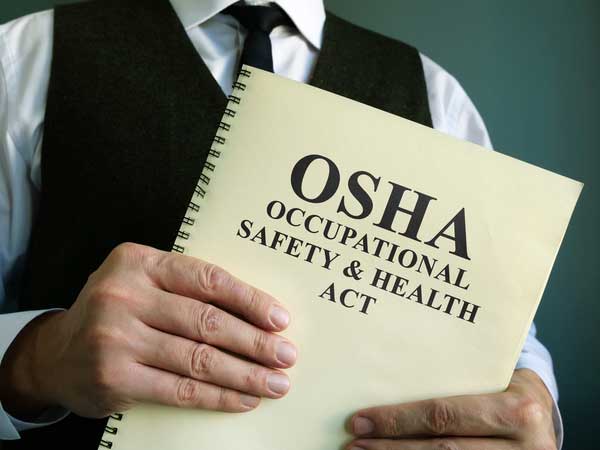Working on a construction site entails numerous risks and hazards that demand attention and proactive measures to ensure the well-being of workers and maintain productivity. As a responsible contractor or employer, it is your duty to prioritize occupational health and safety. In this comprehensive guide, we will delve into the essential steps involved in managing occupational health and safety in construction sites. From prevention programs to hazard analysis, corrective measures, and implementing controls, you will gain valuable insights to create a safe and secure work environment.

Prevention Programs: Building a Strong Foundation for Occupational Health and Safety
Prevention programs serve as the starting point for effective occupational health and safety management in construction. Explore the range of programs available through the APC HQ and discover how they offer tailored action sheets to identify and mitigate risks specific to your trade. By leveraging these resources, you can lay a solid foundation for a comprehensive safety management plan.
Hazard Analysis: Identifying Risks During the Planning Stage
The planning stage is the ideal time to identify and analyze potential hazards in a construction project. Learn about the crucial aspects to consider, such as the work environment, tasks, equipment, materials, and workforce. We’ll provide expert tips on consulting accident registers, incident reports, and incorporating worker feedback to ensure a thorough hazard analysis process.
Corrective Measures: Taking Proactive Action for Worker Safety
Once hazards are identified, it is essential to take immediate corrective measures to eliminate or minimize their impact on worker safety. Prioritize hazards with severe and immediate consequences and progressively address frequent and other potential risks. Gain insights into various corrective solutions, including material substitutions, engineering controls, increased awareness, administrative measures, and personal protective equipment. Discover how combining these approaches leads to more effective hazard control.
Implementing Controls: Ensuring Sustainable Safety Measures
Effectively implementing controls is crucial to ensure that chosen solutions are properly understood and enforced by workers. Establish a robust training program to inform workers about the new controls and their significance in maintaining safety. Learn how to create a monitoring system to track compliance and evaluate the effectiveness of implemented measures. By consistently reinforcing controls, you can maintain a safe work environment throughout the construction project.
Conclusion:
Proper management of occupational health and safety in construction sites is an ongoing process that requires continuous improvement and dedication. By following the comprehensive process of identifying, correcting, and controlling workplace hazards, you can reduce work accidents, occupational diseases, and associated disruptions. Remember that prevention is a collective effort, and everyone shares the responsibility for maintaining a safe job site. Should you need further guidance, the APC HQ advisors are always available to support you in planning a comprehensive occupational health and safety strategy tailored to your unique construction site.
